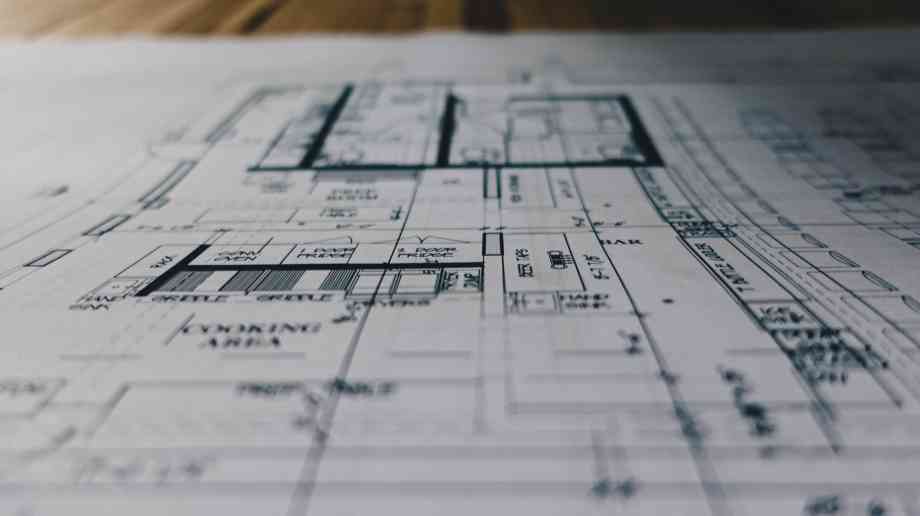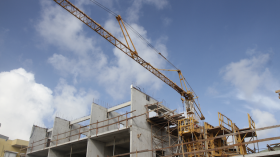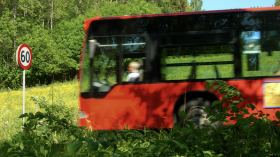Sue Robb of 4Children talks to Julie Laughton and Alison Britton from the Department for Education about the role of childminders in delivering the 30 hours free entitlement.
Green Belt being lost without improving housing crisis

The Campaign to Protect Rural England (CPRE) has warned that the increase in houses planned for the Green Belt remain unaffordable to those who need them.
The CPRE’s annual Green Belt Under Siege report highlights that just 16 per cent of houses built on Green Belt land since 2009 outside local plans were classed as ‘affordable’, and that 70 per cent of houses proposed for development are not expected to be ‘affordable’ either.
The report states that 425,000 houses are now planned for Green Belt land, an increase of 54 per cent on March 2016, representing the biggest year-on-year increase in building proposed in the Green Belt for two decades.
The CPRE is arguing that the government should help councils build again and help fund genuinely affordable homes, including on small rural sites.
Tom Fyans, director of campaigns and policy at the CPRE, said: “Green Belt is being lost at an ever faster rate, yet the type of housing being built now or in the future will do very little to address the affordable housing crisis faced by many families and young people. We must not be the generation that sells off our precious Green Belt in the mistaken belief it will help improve the affordability of housing. The only ones set to benefit from future Green Belt development will be landowners and the big housebuilders, not communities in need of decent, affordable housing.
“Protecting the Green Belt is part of, not a barrier to, solving the housing crisis. It encourages us to focus on the one million plus homes we can build on suitable brownfield sites, and avoid the environmental costs of urban sprawl. The Green Belt makes our towns and cities better places to live. It provides quick access to the countryside. The Government must do more to protect it.”
The CPRE’s annual Green Belt Under Siege report highlights that just 16 per cent of houses built on Green Belt land since 2009 outside local plans were classed as ‘affordable’, and that 70 per cent of houses proposed for development are not expected to be ‘affordable’ either.
The report states that 425,000 houses are now planned for Green Belt land, an increase of 54 per cent on March 2016, representing the biggest year-on-year increase in building proposed in the Green Belt for two decades.
The CPRE is arguing that the government should help councils build again and help fund genuinely affordable homes, including on small rural sites.
Tom Fyans, director of campaigns and policy at the CPRE, said: “Green Belt is being lost at an ever faster rate, yet the type of housing being built now or in the future will do very little to address the affordable housing crisis faced by many families and young people. We must not be the generation that sells off our precious Green Belt in the mistaken belief it will help improve the affordability of housing. The only ones set to benefit from future Green Belt development will be landowners and the big housebuilders, not communities in need of decent, affordable housing.
“Protecting the Green Belt is part of, not a barrier to, solving the housing crisis. It encourages us to focus on the one million plus homes we can build on suitable brownfield sites, and avoid the environmental costs of urban sprawl. The Green Belt makes our towns and cities better places to live. It provides quick access to the countryside. The government must do more to protect it.”
Company Focus
The Isuzu D-Max is a rugged workhorse that can fulfil a myriad of purposes as both a business and personal vehicle. Consequently, the D-Max is a particularly popular choice when it comes to farming, construction, and trade industries. Uncompromising in nature, the D-Max strives to be the ideal companion for many business needs.
Event Diary
UKREiiF has quickly become a must-attend in the industry calendar for Government departments and local authorities.
The multi-award-winning UK Construction Week (UKCW), is the UK’s biggest trade event for the built environment that connects the whole supply chain to be the catalyst for growth and positive change in the industry.
Supplier Profiles
Geo Energy
At GeoEnergy Design, we're on a mission to disrupt the traditional way heating and cooling ha
Latest Features
Professor Harith Alani, director of the Knowledge Management Institute at the Open University explains how AI can be used for good and bad.
Alex Lawrence, head of health & social care, techUK sets out techUK’s Five Point Plan for CareTech.

















